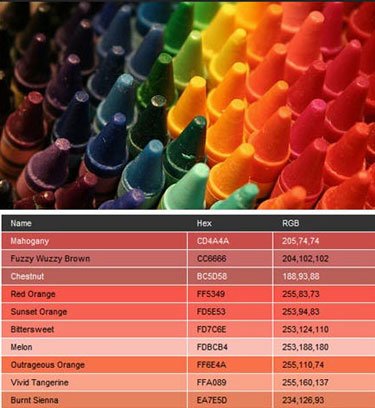25% of People Have a Fourth Cone (Color Receptor)
Color, Human Eye, Science, Vision
Professor Diane Derval told me something today that I had not known.
The color nuances we see depend on the number and distribution of cones (=color receptors) in our eye. You can check [the above] rainbow: how many color nuances do you count?
You see less than 20 color nuances: you are a dichromats, like dogs, which means you have 2 types of cones only. You are likely to wear black, beige, and blue. 25% of the population is dichromat.
You see between 20 and 32 color nuances: you are a trichromat, you have 3 types of cones (in the purple/blue, green and red area). You enjoy different colors as you can appreciate them. 50% of the population is trichromat.
You see between 33 and 39 colors: you are a tetrachromat, like bees, and have 4 types of cones (in the purple/blue, green, red plus yellow area). You are irritated by yellow, so this color will be nowhere to be found in your wardrobe. 25% of the population is tetrachromat.
You see more than 39 color nuances: come on, you are making up things! there are only 39 different colors in the test and probably only 35 are properly translated by your computer screen anyway :)
I originally counted colors on the basis of differentiated rectangles I could see, which gave me too many. When I went back and looked strictly at color gradations, I got 39. And I do hate yellow.
Hat tip to Chico Kidd,






